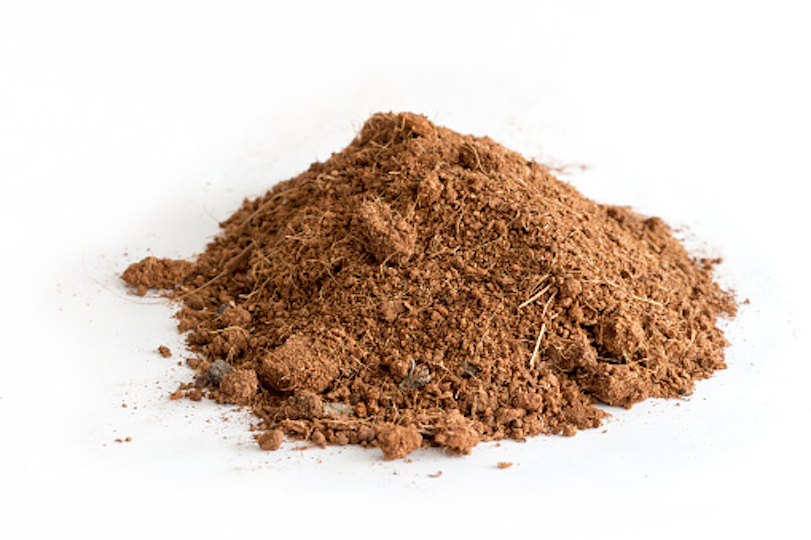Years ago, the Farm Equipment Association of Minnesota and South Dakota was quoted as saying, “Despite all our achievements, we owe our existence to a 6-inch layer of topsoil.” It makes perfect sense because this critical half-foot of dirt is where plants access moisture and nutrients.
If you want to grow bigger crops and prettier flowers, you must have healthy soil, and the key to healthy soil is to add plenty of organic matter.
Do I Really Need Soil Amendments?
If your ornamental plants bloom like crazy and your vegetable garden produces bountiful harvests every year, you may not need to amend the soil by adding organic matter. However, most garden soils are less than perfect.
If you’re not sure what healthy soil looks like, it’s generally dark, crumbly and full of earthworms, with an unmistakably rich, earthy aroma.
Why Soil Amendments are so Important
Soil amendments can minimize a world of soil problems. Clay soil and sandy soil are the top two offenders.
Sandy soil drains quickly and doesn’t provide enough water to support healthy plant growth. Plan on adding at least 3 to 6 inches (7.5 to 15 cm.) of organic matter initially, plus a few more inches every year.
Clay soil is difficult to manage and becomes compacted, especially during the rainy season. Generally, it takes at least 3 to 6 inches (7.5 to 15 cm.) of organic material to improve clay-based soil.
The Best Organic Soil Amendments for Gardens
Compost: You can’t go wrong with compost if you want to grow bigger crops and prettier flowers. Compost, which attracts earthworms and teems with beneficial organisms such as bacteria, mold, and fungi, is an all-purpose soil amendment that increases the water-holding ability of sandy soil and promotes better drainage in clay soil.
Vermicompost: Basically compost on steroids, vermicompost involves the use of worms to convert raw matter into a nutrient-rich amendment for your garden.
Manure: Poop from chickens, cows, sheep, and horses is extremely effective, but it must be aged well before it’s safe to use. Fresh animal manure isn’t only smelly, but the high level of nitrogen may scorch tender plants.
Fresh manure may also contain dangerous pathogens, which makes it a particularly bad idea for vegetable gardens. Compost heated to a temperature of at least 145 F. (63 C.), will kill pathogens, along with weed seeds.
Sand: If your soil is heavy clay, it will take a lot of coarse sand to make a difference, and adding a small amount of sand can actually make matters worse by creating adobe. However, soil drainage is substantially improved if you can add enough coarse sand to consist of 45 to 50 percent of soil volume.
Wood products: Finely shredded bark improves the soil’s ability to retain moisture. However, most bark is very acidic, so keep an eye on your soil’s pH levels if you use a lot of bark. Use sawdust sparingly, as it can cause a severe nitrogen deficiency.
Peat moss: Sphagnum peat moss is a great soil amendment, especially if your soil is sandy. The problem with sphagnum peat moss is that it’s harvested from bogs in the northern United States and Canada.
Colorado State University Extension notes that sphagnum peat moss is considered a semi-renewable resource because it is harvested faster than it can regenerate. If you think your soil will benefit from the addition of peat moss, mix it with compost to cover more ground with less peat.
How to Add Amendments to Your Soil
- Amend the soil in autumn or before planting in spring. Wait until the soil is dry or slightly moist; never work wet soil, which can do irreparable harm to soil structure.
- Spread 3 to 6 inches (7.5 to 15 cm.) of organic material on the surface of the soil. Dig the material into the top 10 to 12 inches (25 to 30 cm.) of soil. Use a rototiller if you’re amending a large space.
- Water the area several times before planting to settle the soil. (If you amend the soil in fall, it will settle during the winter).
- To improve the soil around existing plantings, spread the organic material over the surface of the soil. Rain and irrigation will gradually carry the rich material to the roots.
- You can also use a rake or garden fork to work the organic material carefully into the top inch (2.5 cm.) of soil.
-Mary Helen Dyer




